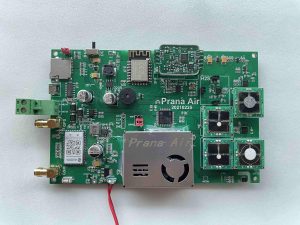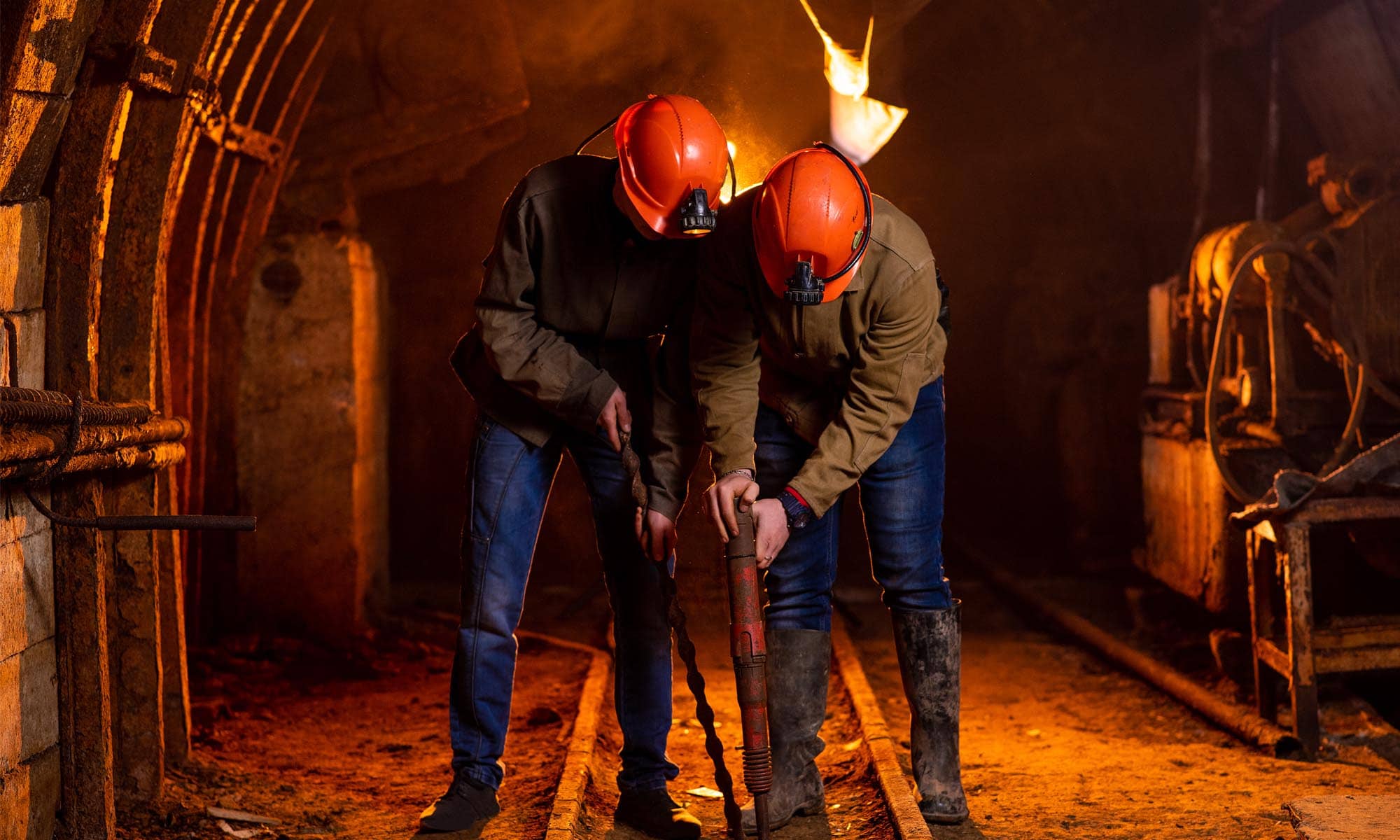
The mining industry is the industry dealing with the extraction of precious minerals. The mining includes three basic processes that are material extraction, transforming the extracted mineral to its mineralized form, and finally extracting an economic benefit from it. General activities in the mining industry include production of metal, metal investments and trading of metals.
The mining industry in India is the core industry. India is the 5th largest country with coal deposits and the 2nd largest in coal production. In India, there are 1229 reporting mines as per the financial year 2021 given in India Brand Equity Foundation (IBEF) report. Out of these, 545 are metallic mineral mines and 684 are non-metallic mines.
715.94 million tonnes (MT) of coal were produced in the financial year 2021 whereas, in April 2021, it was 516 lakhs tonnes. 102.49 million tonnes of crude steel was produced in the financial year 2021. The export of iron ore was increased by US$ 117.51 million in 2021 when compared with 2020. In July 2021, 5 projects were approved by Odisha government with US$ 19.6 billion worth to boost the production of steel by 27.5 million tonnes. Mica, coal, and other ores were seen to record 18.17% of positive growth during July 2021.
Air Quality Problems in the Mining industry
Air Pollution is a serious matter of concern as it severely impacts the health of individuals. Every human activity as well as natural phenomenon such as volcanoes, earthquakes, etc. can contribute to air pollution. Both human and environmental health problems are associated with air pollution. Majorly, respiratory ailments such as asthma, COPD, breathing discomfort, suffocation, irritation in airways, inflammation in lungs, etc. are associated with activities in mining. Other than this, irritation of the eyes, nose, throat, skin allergies, reduced vision due to haze production, acidic rain, and reduced soil fertility are also associated. With mining activities, dust (particulate matter), Sulfur oxides (SOx), Nitrogen oxides (NOx), Carbon monoxide (CO), Hydrogen sulfide (H2S), Carbon dioxide (CO2), and some heavy metals such as lead (Pb), nickel (Ni) and arsenic (As) are released into the air. Common activities in the mining industry that contribute to air pollution are blasting, drilling, overburden, loading, unloading, smelter operations, haul roads, transport roads, stockyards, handling plants, exposed pits, presence of fire, exhausts from heavy earthmoving machinery, vehicular movements, etc.
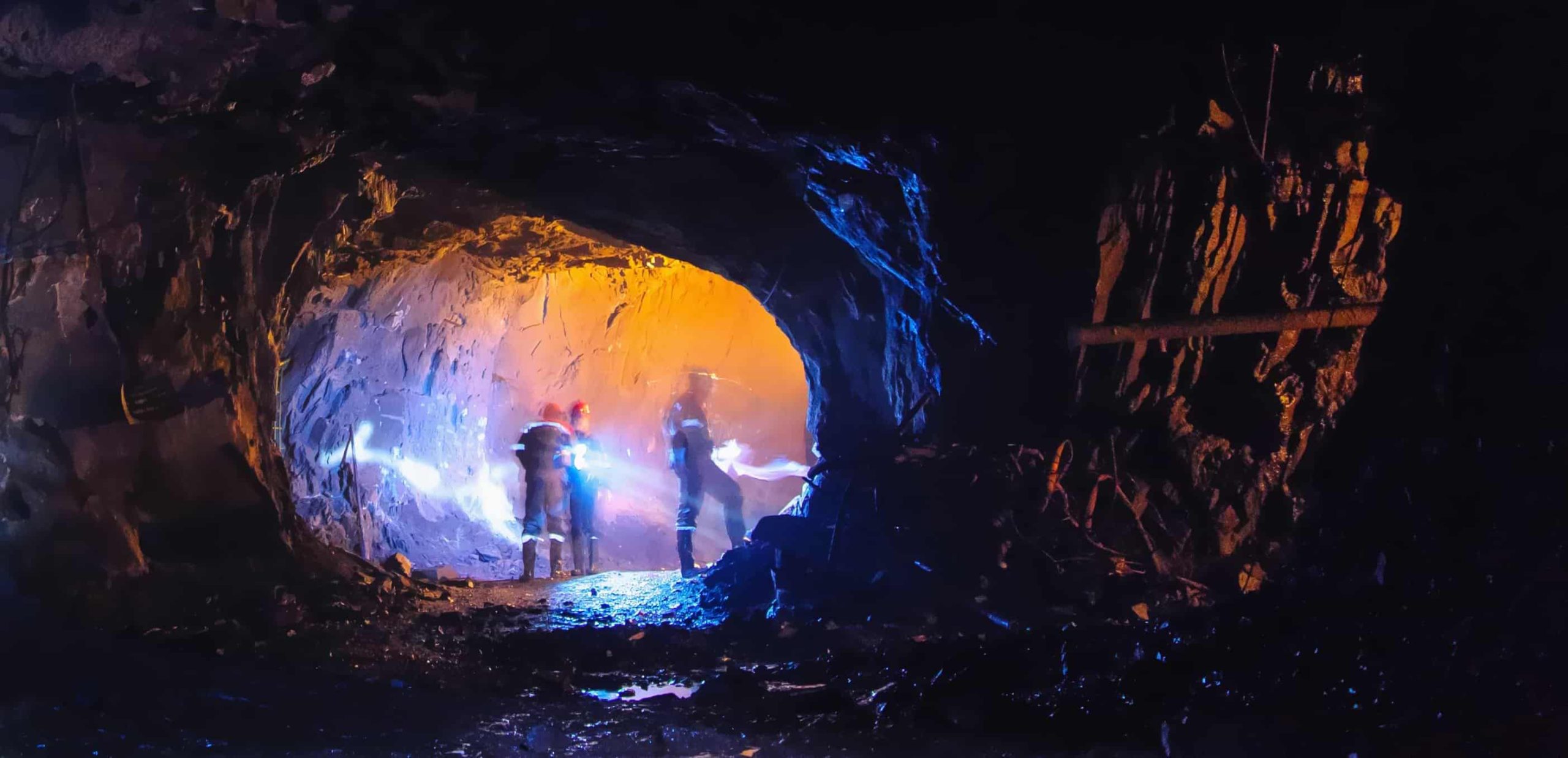
Dust (Particulate Matter):
The mixing of particles with liquid droplets in the atmosphere forms particulate matter. Particles with a diameter of 10 microns or less are PM10 and can penetrate into the respiratory system. Particles with a diameter of 2.5 microns or less are PM2.5 and can penetrate deep into the respiratory system and enter the bloodstream. PM2.5 is a known carcinogen.
Carbon Monoxide:
Carbon monoxide is a colorless toxic gas that can hinder the binding of oxygen to hemoglobin which leaves the body oxygen-deprived. Other than this, it can also cause eyes irritation, headache, fatigue, dizziness, and nausea. The vehicular movements around the mining area and blasting result in carbon monoxide release into the air.
Carbon Dioxide:
Carbon dioxide is a Green House gas released from various activities performed in a mining project such as vehicular movements and blasting.
Odor (tVOCs):
It is an odor regulator in indoor environment. It is released from aerosols, paints, sprays, glues etc.
Sulfur & Nitrogen Oxides:
Vehicular emissions and smelter operations are responsible for releasing oxides of nitrogen and sulfur. The sulfur containing minerals when released in the environment reacts with other compounds and forms sulfuric acid which results in acid rain.
Hydrogen Sulfide:
The gas has a strong smell of rotten eggs. It is released from the decomposition of iron pyrites and the presence of water. Exposure to this gas has narcotic effects on the nervous system and causes headaches, dizziness, pneumonia, migraine, bronchitis and it suppresses oxygen in blood and tissues leading to paralysis.
Air Quality Solutions For Mining Industry
Continuous Ambient Air Quality Monitoring Devices
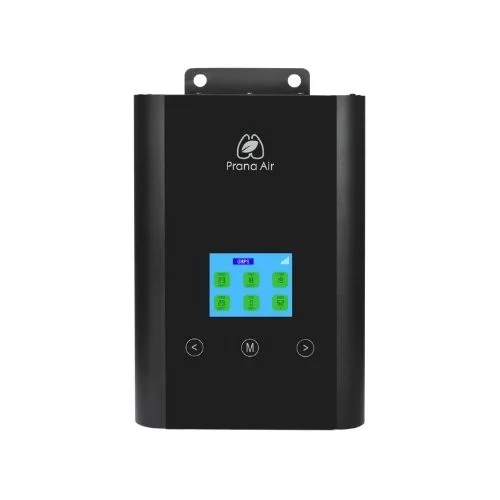
The monitor can measure the concentration of air pollutants such as SO2, NO2, O3, tVOC, CO, PM 10, PM 2.5, PM 1 along with temperature, humidity in an ambient environment.
6 in 1 monitoring Device
The device is installed with six different sensors based on different technology to identify the concentration of air parameters inclusive thermal (temperature & humidity), PM 10, PM2.5, PM 1, tVOCs, co2, noise, and toxic gases (co, no2, so2, and h2s).
Motorized Pollution Mask
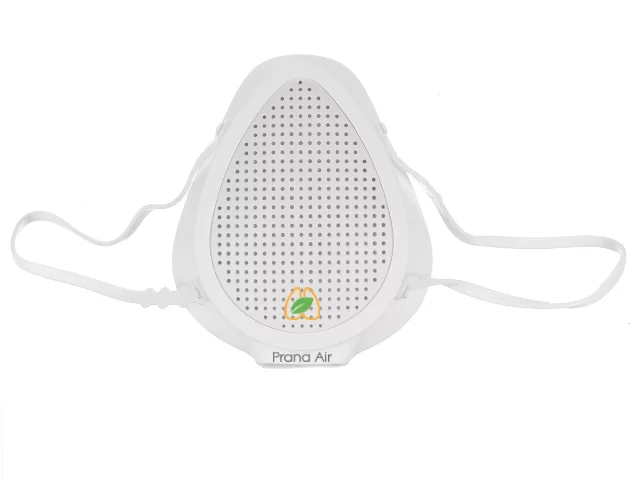 The mask is beneficial to use against occupational hazards as it gives protection against PM 2.5, PM 10, CO, SO2 and dust. The mask has 5-layered filtration with 95% of filter efficiency and 3 different speed modes (high, medium, and low).
The mask is beneficial to use against occupational hazards as it gives protection against PM 2.5, PM 10, CO, SO2 and dust. The mask has 5-layered filtration with 95% of filter efficiency and 3 different speed modes (high, medium, and low).

Get In Touch With Us
Contact us for more details about the air quality solutions.
Drop a message

